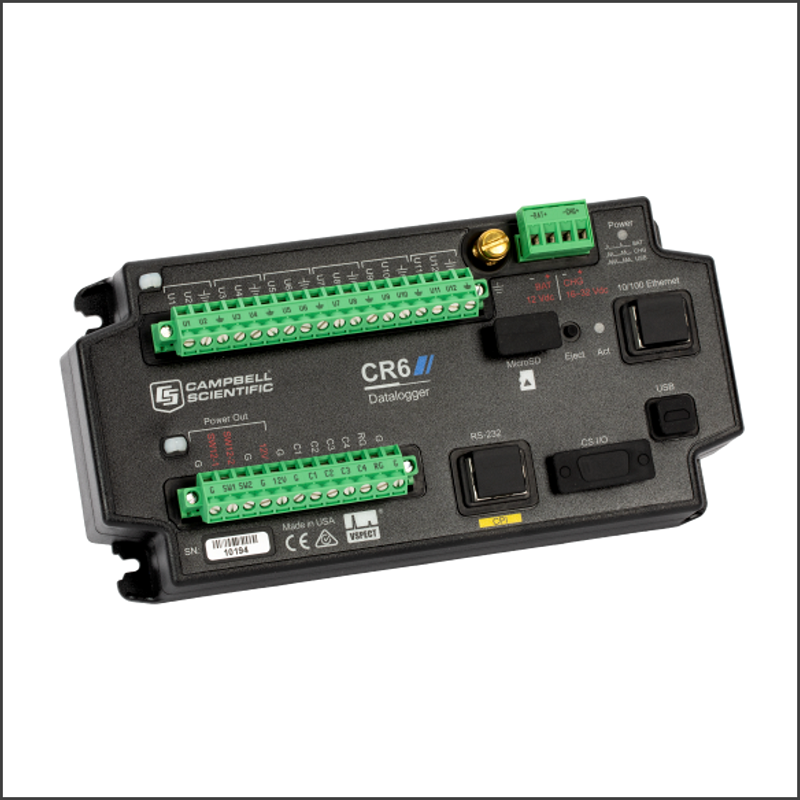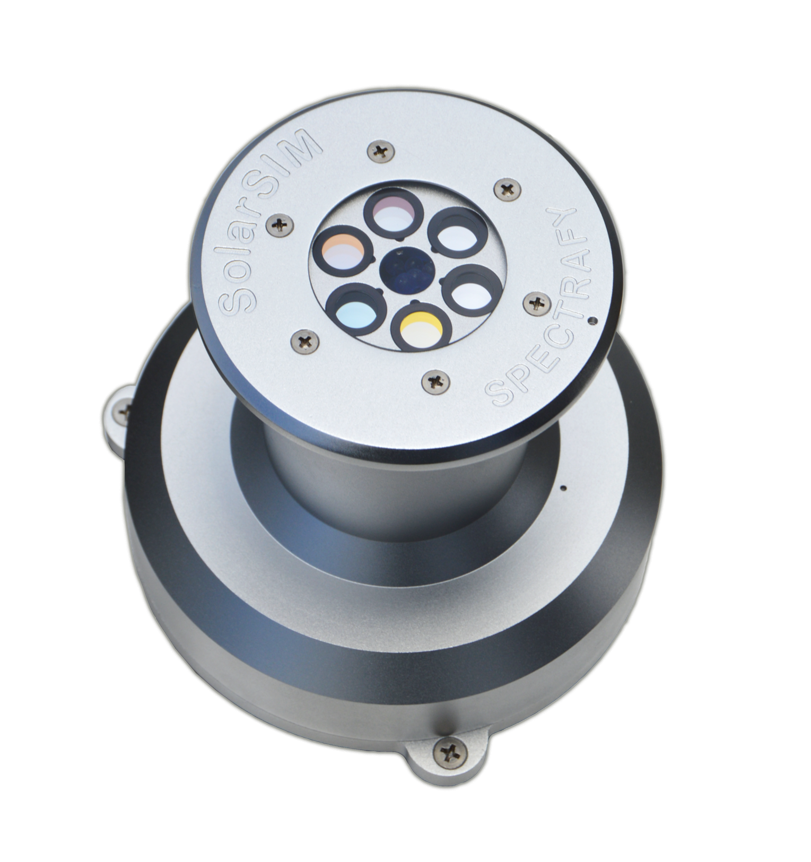
spectral & atmospheric sensor
SolarSIM-D2
The SolarSIM-D2 embodies a radically powerful approach to solar and atmospheric measurement.
It combines multi-spectral measurement with groundbreaking software to accurately resolve full-range direct solar spectral irradiance, DNI, atmospheric AOD, ozone and precipitable water vapor – all in one small, easy-to-deploy, affordable package.
| Measurands: | Direct normal solar spectral irradiance (280 to 1200/4000nm), Direct normal solar irradiance (DNI), Aerosol optical depth, Atmospheric ozone, Precipitable water vapour |
| Technology: | Software-augmented multi-filter radiometer. |
| Highlights: | Massively multifunction. Makes state-of-the-art atmospheric monitoring routine, reliable and affordable. |
| ISO9060:2018: | Class A, spectrally flat for sunlight, fast-response optional. |
The original SolarSIM. Massively multifunctional.
The SolarSIM-D2 represents a ground-breaking advance in solar and atmospheric measurement. It is the world’s first, full-spectrum, solar spectral irradiance meter capable of measuring direct solar spectra and DNI, as well as atmospheric aerosols, ozone and precipitable water vapor.
The SolarSIM-D2 is ideal for use in meteorological networks where it can replace a swath of highly expensive and complex equipment. It is also used in parts of the solar industry that rely on direct sunlight such as CPV and CSP and where spectral and atmospheric measurements are important for optimal operation.
The SolarSIM-D2 was born out of years of research aimed at reducing the complexity of solar and atmospheric measurement. The result is a highly accurate, low-power, reliable sensor, that makes advanced solar and atmospheric measurements routine. The SolarSIM-D2 uses filtered photodiodes to accurately measure the direct solar spectrum in several narrow wavelength bands. TheSolarSIMD2’s powerful software then uses these measurements to accurately resolve the direct solar spectrum, and other outputs.
The SolarSIM-D2 can be deployed with any or all of its measurement capabilities activated, and additional capabilities can be added at any time via a simple software update.
The SolarSIM-D2 can generate up to 20 high-quality data streams. Choose from:
| Direct normal solar irradiance (DNI) | ISO9060:2018 Class A measurements of direct normal irradiance, under all sky conditions, covering the complete 280-4000nm solar spectral range. |
| Direct normal spectral irradiance | Direct normal solar spectral irradiance, under all sky conditions, over the complete solar spectral range of 280 – 4000nm, with 1nm spectral resolution. |
| Aerosol optical depth | Aerosol optical depth values for each wavelength from 280-4000nm. |
| Ozone | Total column atmospheric ozone and spectral transmission profile. |
| Precipitable water vapor | Total column precipitable water vapor and spectral transmission profile. |
| Spectral correction factors and Jsc values for PV | Automated calculation of spectral correction factors and/or Jsc values for up to nine embedded or user-defined solar panels or subcells. |
| Sunshine duration | Length of time with direct normal irradiance greater than 120 W/m2. |
| Meteorological parameters | Ambient temperature and atmospheric pressure. |
The SolarSIM-D2 comes with powerful software to process and visualize your data.

Multiple options for maximum ease.
Datalogger
With RS-485 ASCII digital output, the SolarSIM-D2 can connect to any RS-485 capable datalogger. Sample datalogger code is available upon request.
Combox
Get your SolarSIM-D2 working straight out of the box with our custom power/comms converter. The Combox allows you to connect to and power a SolarSIM-D2 directly through a laptop or PC.
Serial over ethernet
The SolarSIM-D2 can be connected to a networked PC/server via a suitable SoE device. Hardware recommendations are available upon request.
Broadband Irradiance (DNI)
| Spectral range | 280 – 1200/4000 nm |
| Custom range selection | Yes |
| Maximum Irradiance | 2000 W/m2 |
| Response Time (95%) | < 0. 5s |
| Zero offset B | n/a |
| Non-stability (change per year) | 0.2% |
| Non-linearity | < 0.5% |
| Spectral selectivity | na |
| Calibration uncertianty | 1.1% |
| Temperature response | 0.1% (on-board temp. correction) |
| ISO 9060:2018 classification | Class A |
| ISO 9060:2018 sub-category: “Spectrally flat” | Compliant for sunlight |
| ISO 9060:2018 sub-category: “Fast response” | Optional |
Spectral Irradiance
| Spectral range | 280 - 1200/4000 nm |
| Spectral resolution | ± 1 nm |
| Wavelength Accuracy | ± 0.1nm |
| Spectral measurement uncertainty | < 5% per wavelength |
| Exposure time | < 1ms |
| Max. acquisition rate | 1 Hz |
| Temperature response | < 0.1% (on-board temp. correction) |
Atmospheric Parameters (AOD, O3, PWV)
| Number of measurement channels | 6 physical + 3,715 calculated |
| AOD measurement accuracy | ± (0.005 ± 0.01AM) |
| Precipitable water vapor uncertainty | < 1mm |
| Ozone measurement uncertainty | ± 3 % |
General
| Weight | 1.2 kg |
| Dimensions | 132 x 132 x 108 mm |
| Power supply and use | 12 VDC, < 1W |
| Communication | RS-485 ASCII, Direct to PC, serial-over-ethernet, datalogger |
| Operating temperature | -30 to 65 °C |
| Humidity Range | 0 to 100% RH |
The go-to solution for a wide range of applications.
| Solar R&D | The SolarSIM-D2 is used used by academics, national laboratories and R&D groups around the world to provide accurate, reliable and state-of-the art irradiance and atmospheric data. |
| Meteorological networks | The SolarSIM-D2’s unrivalled measurement capabilities and ease of integration make it a must-have for new or upgraded networks. |
| Solar resource assessment | Real DNI measurements significantly reduce the expanded uncertainty of PV performance predictions. Accurately quantification of spectral effects takes it to another level – and is vital for spectrally sensitive technologies like CPV. |
| Solar power plant O&M | Achieve greater clarity in your O&M metrics by eliminating ‘spectral noise’ in real time from your CPV or CSP plant. |
| Spectral hedging | Build value in your PV plant by banking the spectral datasets needed for accurate repowering assessments in the future. |
| UAVs and drones | Compact, lightweight, low power measurements of direct solar spectral irradiance and atmospheric parameters make the SolarSIM-D2 ideal for a range of drone-based applications. |
How does the SolarSIM-D2 work?
The SolarSIM-D2 is a software augmented multi-filter radiometer. It uses filtered photodiodes to make precise, multi-spectral measurements of the solar spectrum in several narrow wavelength bands. These measurements then inform the SolarSIM-D2’s software to accurately resolve the spectral DNI and DNI, under all sky conditions - aswell as various atmospheric parameters such as Aerosol optical depth, atmospheric ozone and precipitable water vapour.
Why would I choose a SolarSIM-D2 over a spectroradiometer?
The SolarSIM-D2 offers a number of benefits over traditional field spectroradiometers for the measurement of direct normal solar spectral irradiance. These include greater accuracy, higher spectral resolution, broader wavelength range, greater thermal stability, better reliability, lower power consumption as well as lower capital and maintenance costs. The SolarSIM-D2 also offers the benefit of additional measurement capabilities, such as DNI, AOD, ozone and precipitable water vapor in the one sensor.
What is the difference between the SolarSIM-D2 and the SolarSIM-G?
The SolarSIM-D2 is designed to measure direct solar irradiance while the SolarSIM-G is designed to measured global solar irradiance.
What does the SolarSIM-D2 software do?
The core of the SolarSIM-D2 software is a proprietary radiative transfer model that uses the SolarSIM-D2's multi-spectral measurements of sunlight, along with its measurements of ambient temperature, pressure and humidity to reconstruct the direct normal solar spectral irradiance over the 280-4000nm range. It is available as a GUI and as a command-line executable.
Why would I choose a SolarSIM-D2 over a traditional thermopile pyrheliometer
A traditional pyrheliometer measures DNI only. However, if your use case calls for additional measurements, such as spectral DNI, aerosols or ozone then the SolarSIM-D2 would provide the most convenient, accurate and cost effective method of acquiring the combined dataset.
Does Spectrafy sell complete measurement systems
Yes, we can provide you with a complete turn-key system so you can hit the ground running with your SolarSIM-G measurements.
How do I connect a SolarSIM-D2 to my datalogger?
The SolarSIM-D2 communicates via RS-485 ASCII. As such it can connect to any datalogger that accepts RS-485 or RS-232 inputs. Sections 4 and 6 of the SolarSIM-D2 User Manual provides details regarding data logger integration, as do our data logger app notes found in the SolarSIM-D2 download section.
How is the SolarSIM-D2 calibrated?
All SolarSIM-D2 production units undergo electrical, thermal and optical calibration. The optical calibration is performed on-sun against our SolarSIM-D2 reference sensors The reference sensors are calibrated for absolute irradiance at NREL in Golden Colorado and are traceable to NIST Spectral Irradiance Standard Model FEL lamps.
How often should I get my SolarSIM-D2 recalibrated?
We recommend recalibration every two years in order to ensure the highest measurement accuracy. Recalibration is performed on-sun, at Spectrafy HQ in Ottawa, Canada. Please contact us prior to shipping your unit in order to ensure the swiftest calibration process possible.
How does the process of upgrading my SolarSIM-D2 to add additional measurement functions work?
The SolarSIM-D2 can be purchased with any or all of its measurement capabilities activated. Additional measurement options can be added at any point in the future via a simple software upgrade. At the same time, users can also choose to have their historical data reprocessed, to include the new measurand(s) from inception.
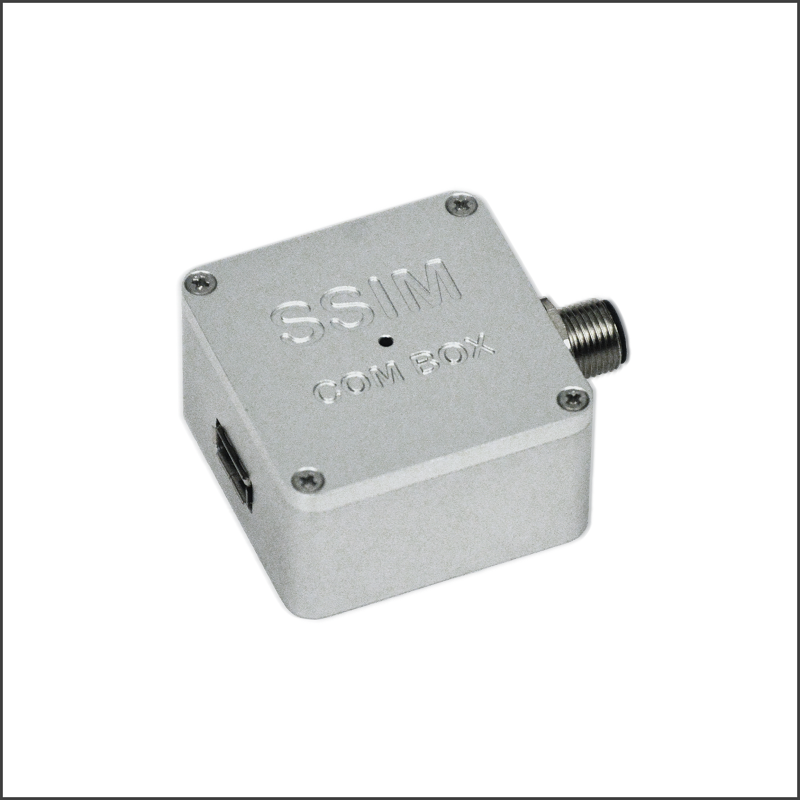
Combox
The Combox is a power and comms converter that allows the user to connect to and power their SolarSIM and SolarBand-C3 sensors directly through a PC or laptop.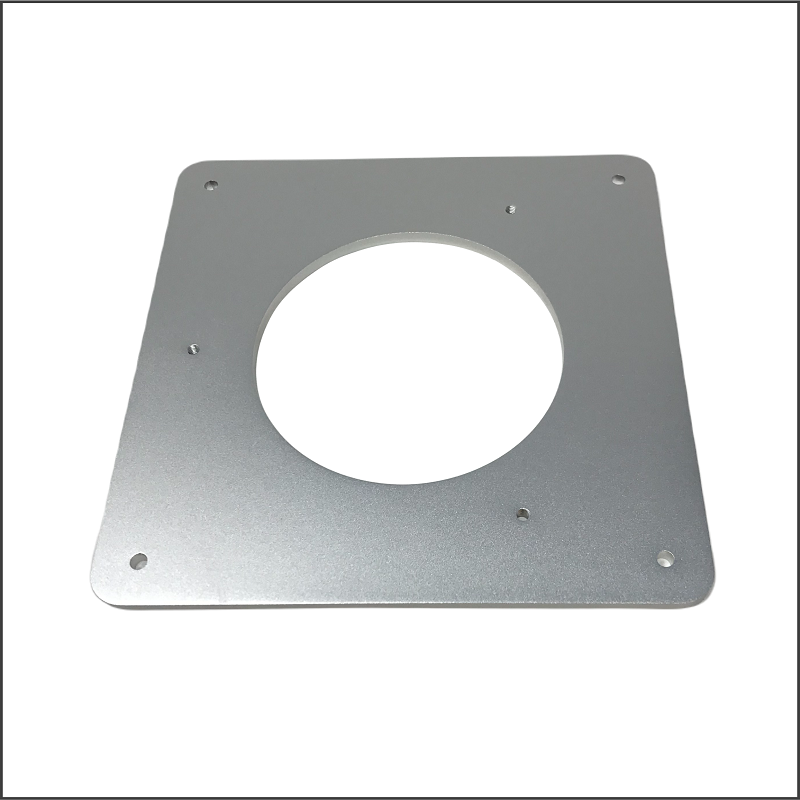
MP-D2 Mounting Plate
We offer a range of standard, anodized aluminum mounting plates suitable for mounting the SolarSIM-D2 to various solar trackers. Also compatible with the SolarSIM-G, SolarSIM-GPV, SolarSIM-GUV and SolarBand-C3. Custom options are also available.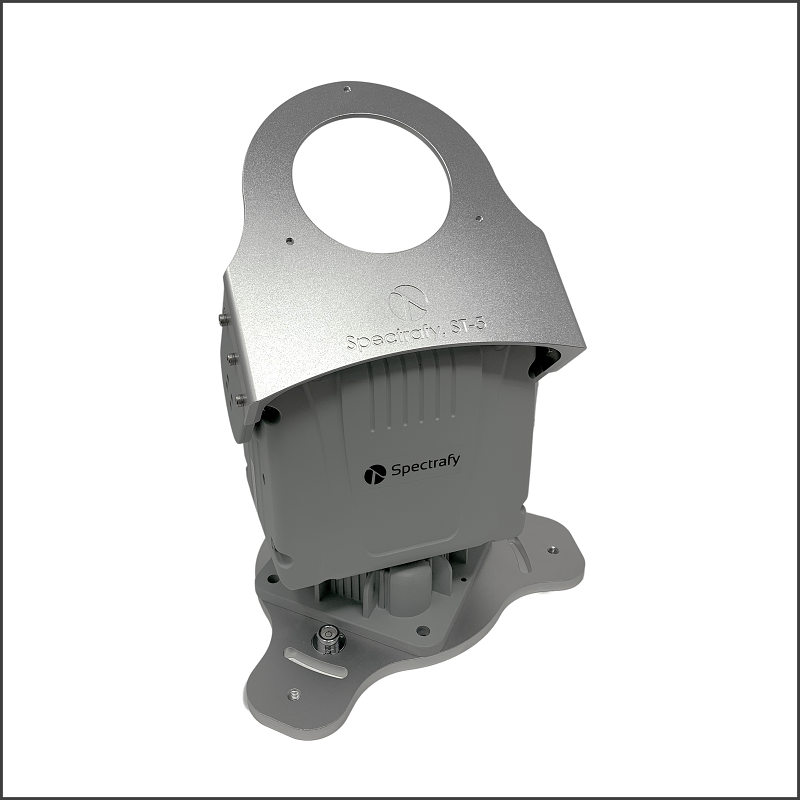
ST-5 Sun Tracker
The optimum combination of performance, reliability and cost. Combine with the SolarSIM-D2. Combine with the SolarSIM-G, SolarSIM-GPV or SolarSIM-GUV for direct global or single-axis tracked plane-of-array irradiance measurements.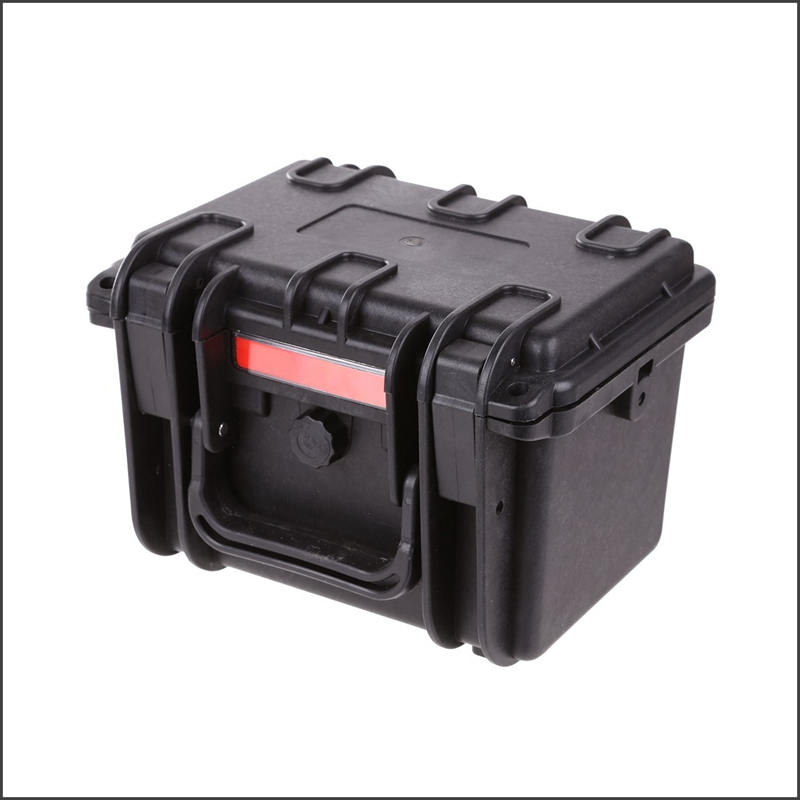
CC-D2 Carry Case
Hard plastic, waterproof, shockproof and dust proof carry case with custom foam cut outs to keep your SolarSIM-2 safe and snug.